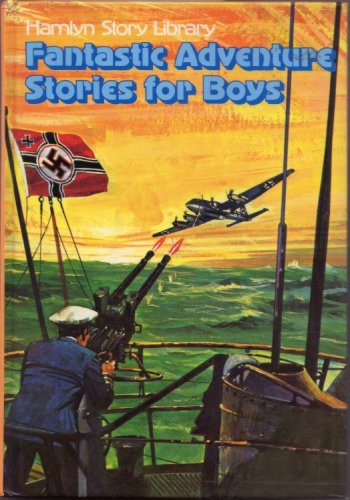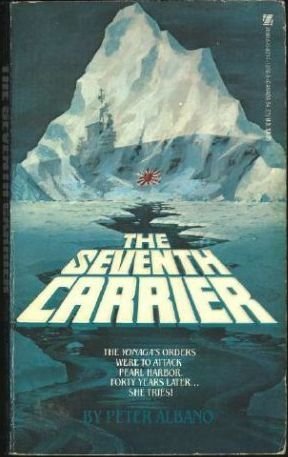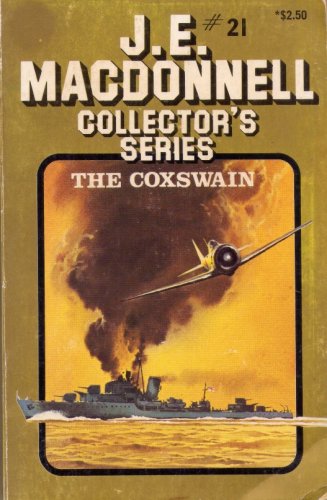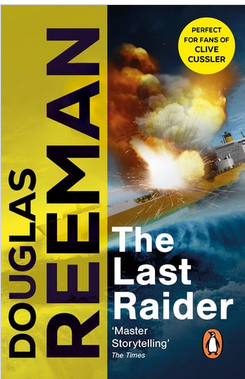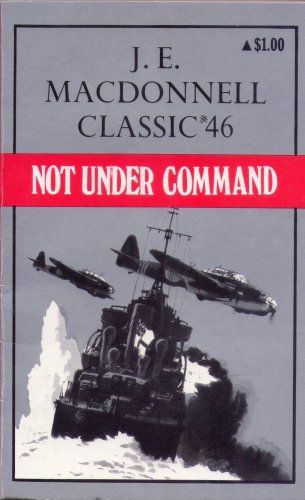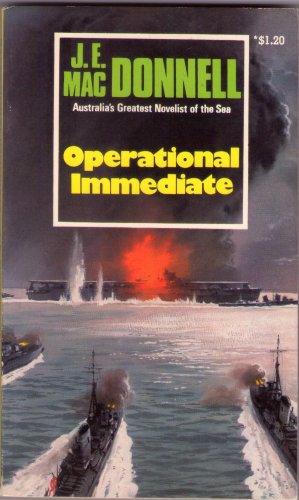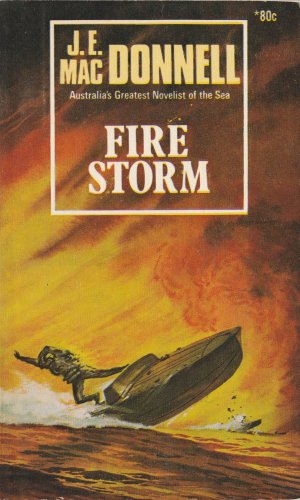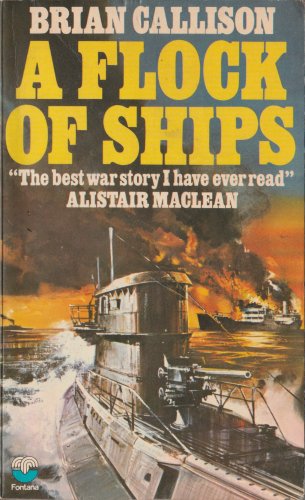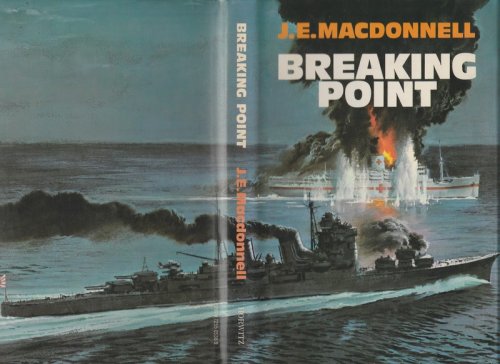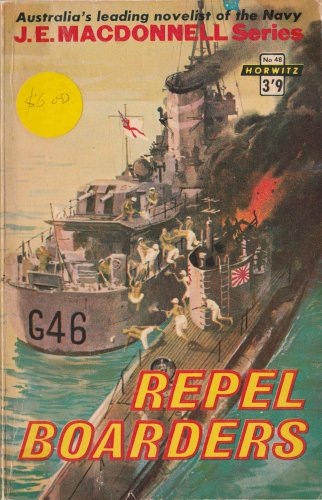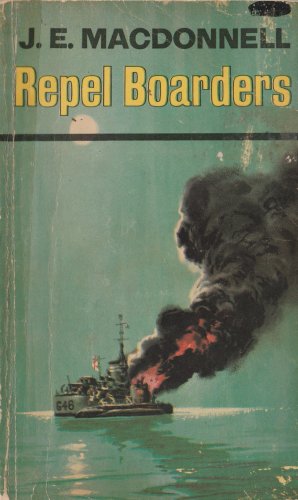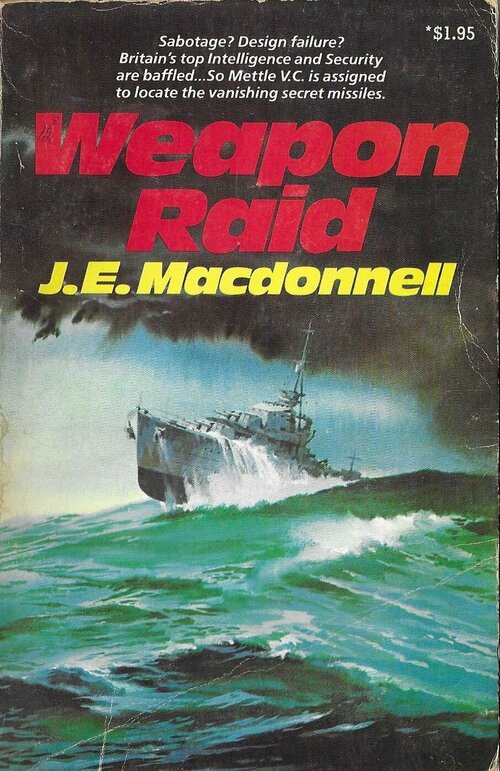- Joined
- 16 December 2010
- Messages
- 3,760
- Reaction score
- 4,106
I had planned to do Alan Evans, "Thunder at Dawn" as the next set of fictional warship names, but a suggestion from a friend bought a change of plan.
C. J. Williams, Deep Trouble, 2012
Australia
HMAS Wivenhoe (ACPB-??)
Armidale Class Patrol Boat
Details as per the real ships
HMAS Redcliffe (ACPB-??)
Armidale Class Patrol Boat
Details as per the real ships
HMAS Forde (SSG-??)
Collins Class Submarine
Details as per the real ships
HMAS Augustine (SSG-??)
Collins Class Submarine?
Details as per the real ships
HMS Killarney (A-???)
3rd Lewin Class Survey Ship
Details as per the real ship
Plot summary: When a mysterious force starts attacking warships, and then coastal marinas, the Royal Australian Navy turns to a very unusual form of assistance.
Notes: This is a part of a three book series that seems to be very heavily inspired by an Australian childrens TV series that aired between 2006 - 2010 called "H2O: Just Add Water" (Wikipedia), although the content of the book seems a little darker than anything that would be shown to young children.
C. J. Williams, Deep Trouble, 2012
Australia
HMAS Wivenhoe (ACPB-??)
Armidale Class Patrol Boat
Details as per the real ships
HMAS Redcliffe (ACPB-??)
Armidale Class Patrol Boat
Details as per the real ships
HMAS Forde (SSG-??)
Collins Class Submarine
Details as per the real ships
HMAS Augustine (SSG-??)
Collins Class Submarine?
Details as per the real ships
HMS Killarney (A-???)
3rd Lewin Class Survey Ship
Details as per the real ship
Plot summary: When a mysterious force starts attacking warships, and then coastal marinas, the Royal Australian Navy turns to a very unusual form of assistance.
Notes: This is a part of a three book series that seems to be very heavily inspired by an Australian childrens TV series that aired between 2006 - 2010 called "H2O: Just Add Water" (Wikipedia), although the content of the book seems a little darker than anything that would be shown to young children.

